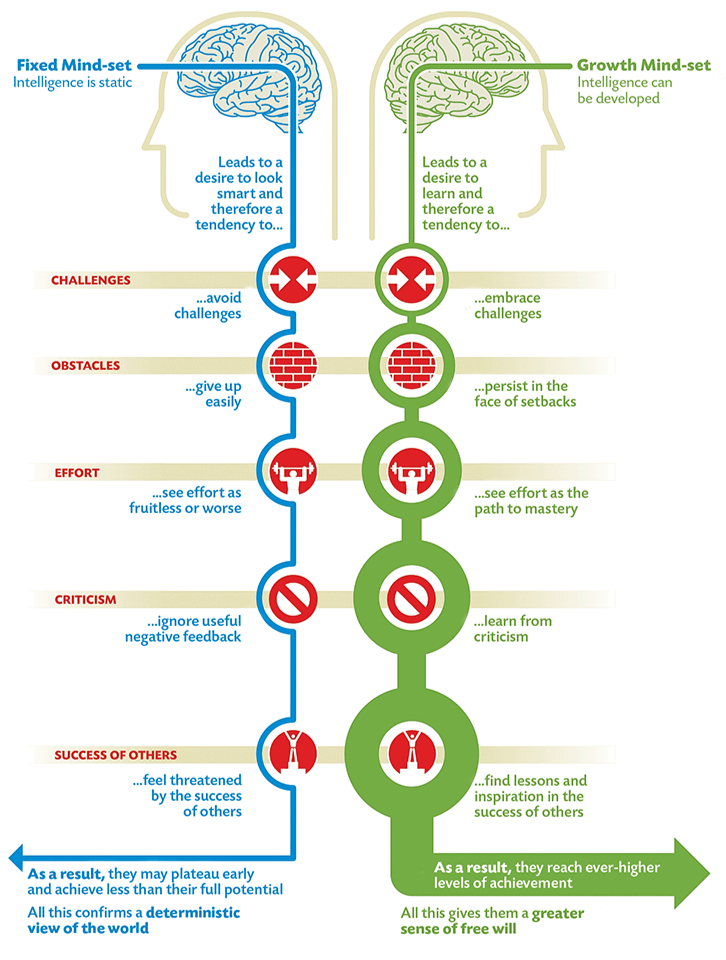Trends in Orthopaedic Physiotherapy
- carolinetoop0
- Sep 28, 2023
- 2 min read
In the past decade, the profession of orthopaedic physiotherapy has seen a large-scale trend away from passive modalities to more active modalities. Here, passive modalities can be described as those wherein the patient is not actively participating. This group includes the use of electrophysiological agents (e.g. ultrasound, laser therapy, short-wave diathermy) and manual therapy (e.g. joint mobilizations, manipulation, massage). Active modalities such as exercise or educational sessions involve active patient participation and have become more emphasized in recent years.
I would like to focus specifically on the use of manual therapy as this has been a very hot topic recently in orthopaedic physiotherapy. In the article linked below by Oostendorp (2018), it is discussed how the mechanisms involved in the positive effects seen with manual therapy are complex, multi-factorial, and poorly understood. These effects may be better understood from a more central, neurophysiological explanation that has not yet been well defined in research. However, this neurophysiological paradigm is now more supported by current evidence than the previous mechanistic paradigm of manual therapy. Regardless of the proposed mechanism, there is still good evidence for the effectiveness of manual therapy in certain applications, and it is likely to remain part of common practice for some clinicians for the foreseeable future.
As I instruct in this area in the upcoming years it will be important to remain up to date on the evidence surrounding both the effectiveness of manual therapy, as well as its proposed mechanisms. Diligent journal review and then consequent modification to course curriculum will be required. I believe it is important to remain open to changing best practice guidelines as our field is constantly evolving as more research becomes available. It would also be useful to give our students the tools to critically evaluate new research to help inform their choice on wether or not to use manual therapy as part of their clinical practice. This will allow them to understand more globally how to keep their knowledge current as they navigate through their physiotherapy degree and beyond into their careers.
In addition, I feel that it is equally important for physiotherapy students to be able to translate their knowledge and expertise on the effectiveness and mechanisms of manual therapy to their patients. This is an important component of patient informed consent and developing good therapeutic alliance with the patient. As such, I will be encouraging my students to find ways to translate their knowledge into layman’s terms throughout practical exams, presentations, and other assignments.
Reference:
Oostendorp, R. A. (2018). Credibility of manual therapy is at stake ‘Where do we go from here?’. Journal of Manual & Manipulative Therapy, 26(4), 189-192.





Comments